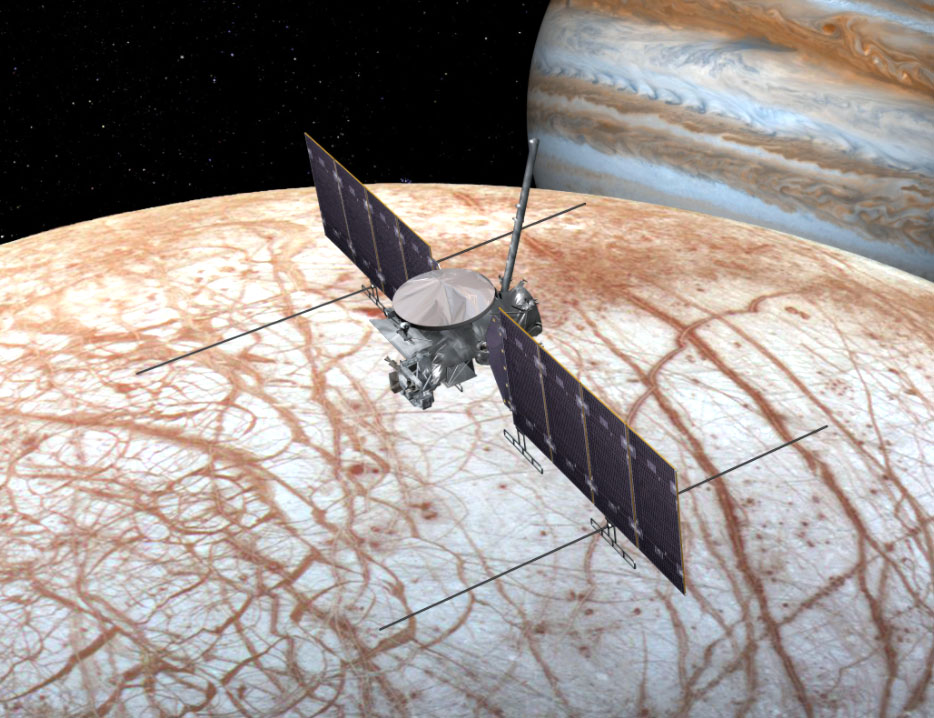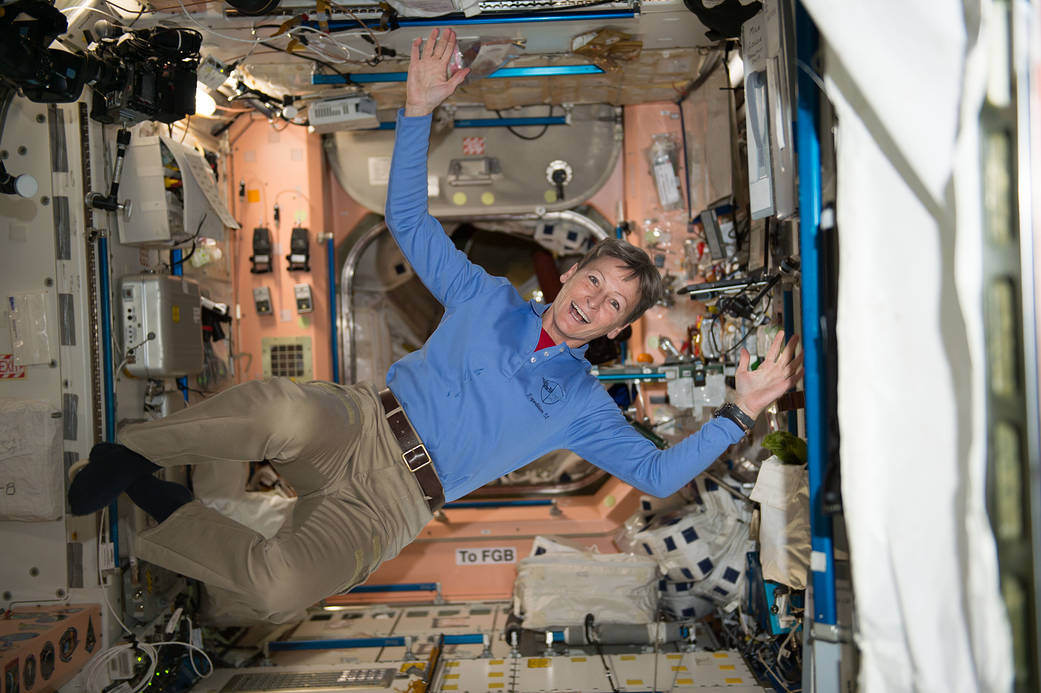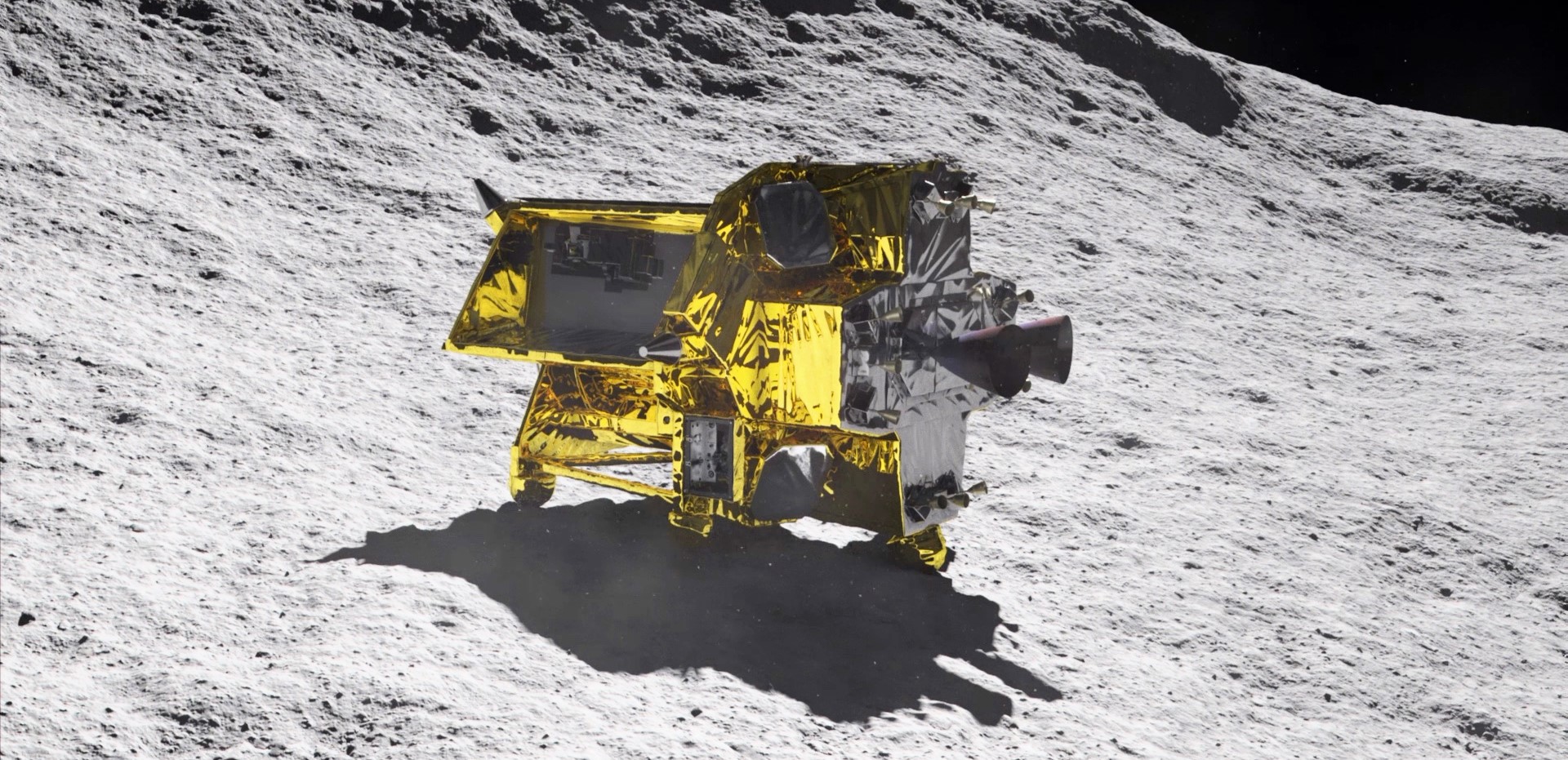As humans spread into the cosmos, we will take a plethora of initially Earth-bound life with us for the ride. Some might be more beneficial or potentially harmful than others. And there is no lifeform more prevalent on Earth than bacteria. These tiny creatures and fungi, their long-lost cousins on the evolutionary tree, have a habit of clumping together to form a type of structure known as a biofilm. Biofilms are ubiquitous in Earth-bound environments and have been noticed on space missions for decades. But what potential dangers do they pose? More interestingly, what possible problems can they solve? A paper from a group of scientists focused on life support systems in the journal Biofilm provides a high-level overview of the state of the science of understanding how biofilms work in space and where it might need to go for us to establish a permanent human presence off-world.
Continue reading “How Can Biofilms Help or Hinder Spaceflight?”Massive Stars Shine in This Ultraviolet View From Hubble

Just outside the Milky Way Galaxy, roughly 210,000 light-years from Earth, there is the dwarf galaxy known as the Small Magellanic Cloud (SMC). Measuring about 18,900 light-years in diameter and containing roughly 3 billion stars, the SMC and its counterpart – the Large Magellanic Cloud (LMC) – orbit the Milky Way as satellite galaxies. Scientists are particularly interested in these satellites because of what they can teach us about star formation and the process where galaxies evolve through mergers, which is something the Milky Way will do with these two galaxies someday.
Another interesting feature of the SMC is the spectacular star cluster known as NGC 346, located near the center of the brightest star-forming region in the SMC, the hydrogen-rich nebula designated N66. Yesterday, NASA released a new image of this star cluster acquired by the venerable Hubble Space Telescope, which provides a unique and breathtaking view of this star cluster. These images were made possible thanks to Hubble’s sharp resolution and unique ability to make sensitive ultraviolet observations.
Continue reading “Massive Stars Shine in This Ultraviolet View From Hubble”Is There a Low-Radiation Path To Europa?

Any mission to Jupiter and its moons must contend with the gas giant’s overwhelming radiation. Only a judicious orbital pattern and onboard protective measures can keep a spacecraft safe. Even then, the powerful radiation dictates a mission’s lifespan.
However, researchers may have found a way to approach at least one of Jupiter’s moons without confronting that radiation.
Continue reading “Is There a Low-Radiation Path To Europa?”How Can Astronauts Avoid Vision Loss from Spaceflight?

Human bodies are sacks of fluids supported by skeletons. The entire human organism has evolved over billions of years on Earth in harmony with the planet’s specific gravity. But when astronauts spend too much time on the ISS in a microgravity environment, the organism responds, the fluids shift, and problems can occur.
One of those problems is with vision, and scientists are working to understand how it happens and what they can do about it.
Continue reading “How Can Astronauts Avoid Vision Loss from Spaceflight?”The Hardest Bias in Astronomy

A nasty sort of bias called Malmquist bias affects almost every astronomical survey, and the only solution is to…keep doing surveys.
Continue reading “The Hardest Bias in Astronomy”NASA Announces the 2025 Human Lander Challenge
One of NASA’s core mission objectives, though not explicitly stated in its charter, is to educate Americans about space exploration, especially students. As part of that mission, NASA hosts a number of challenges every year where teams of students compete to come up with innovative ideas to solve problems. The agency recently announced the next round of one of its standard yearly challenges—the Human Lander Challenge.
Continue reading “NASA Announces the 2025 Human Lander Challenge”NASA Decides to Play it Safe. Wilmore and Williams are Coming Home on a Crew Dragon in February

Astronauts Butch Wilmore and Suni Williams will remain on board the International Space Station until February, returning to Earth on a SpaceX Crew Dragon. NASA announced its decision over the weekend, citing concerns about the safety of the Boeing Starliner capsule due to helium leaks and thruster issues. The troublesome Starliner is slated to undock from the ISS without a crew in early September and attempt to return on autopilot, landing in the New Mexico desert.
NASA said this allows them and Boeing to continue gathering test data on Starliner during its uncrewed flight home, while also not accepting more risk than necessary for the crew.
Continue reading “NASA Decides to Play it Safe. Wilmore and Williams are Coming Home on a Crew Dragon in February”JAXA Officially Wraps Up its SLIM Lander Mission
On January 20th, 2024, the Japan Aerospace Exploration Agency (JAXA) made history when its Smart Lander for Investigating Moon (SLIM) made a soft landing on the Moon, becoming the first Japanese robotic mission to do so. This small-scale lander was designed to investigate the origins of the Moon and test technologies that are fundamental to exploring the low-gravity lunar environment. Unfortunately, mission controllers lost contact with the lander after April 28th, 2024, and have spent the last few months trying to reestablish communications.
Continue reading “JAXA Officially Wraps Up its SLIM Lander Mission”After a Boost from Earth and the Moon, Juice is On its Way to Venus and Beyond

The first spacecraft to use gravity assist was NASA’s Mariner 10 in 1974. It used a gravity assist from Venus to reach Mercury. Now, the gravity assist maneuver is a crucial part of modern space travel.
The latest spacecraft to use gravity assist is the ESA’s JUICE spacecraft.
Continue reading “After a Boost from Earth and the Moon, Juice is On its Way to Venus and Beyond”X-Ray Telescopes Could Study Exoplanets Too
Exoplanets are often discovered using the transit method (over three quarters of those discovered have been found this way.) The same transit technique can be used to study them, often revealing detail about their atmosphere. The observations are typically made in visible light or infrared but a new paper suggests X-rays may be useful too. Stellar wind interactions with the planet’s atmosphere for example would lead to X-ray emissions revealing information about the atmosphere. As we further our exploration of exoplanets we develop our understanding of our own Solar System and ultimately, the origins of life in the Universe.
Continue reading “X-Ray Telescopes Could Study Exoplanets Too”



